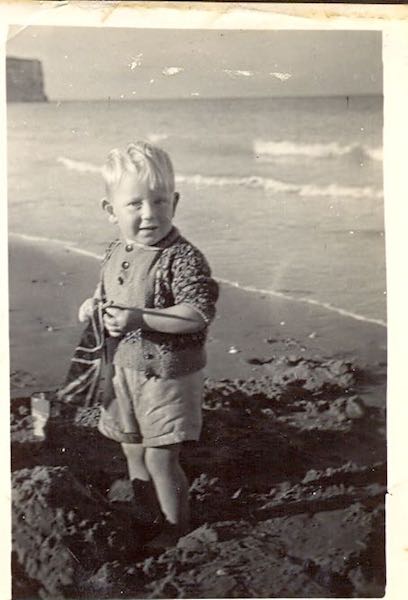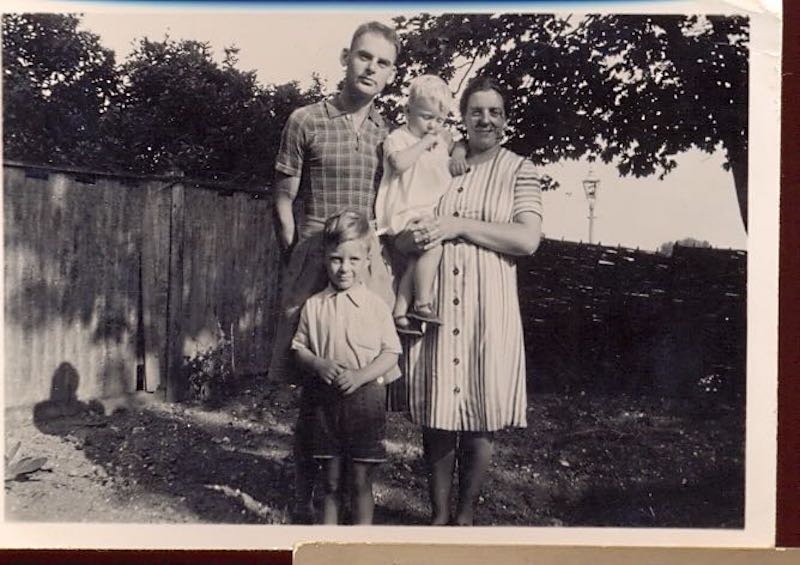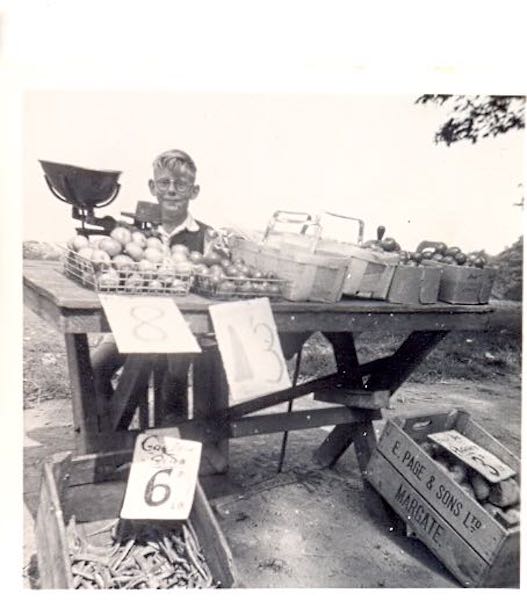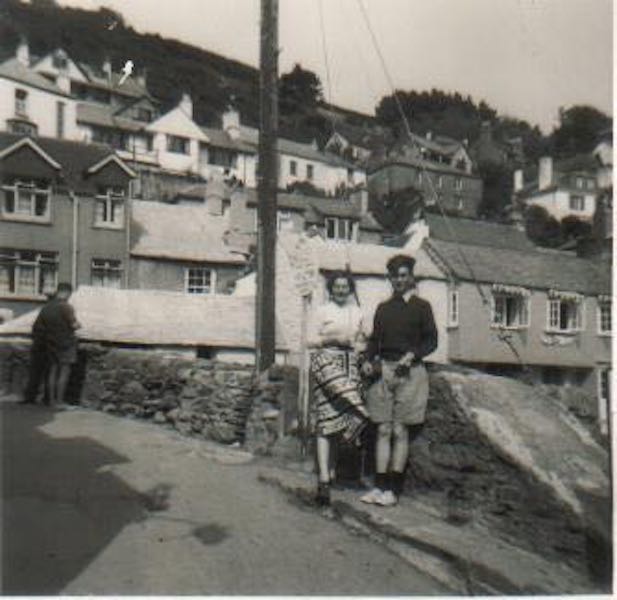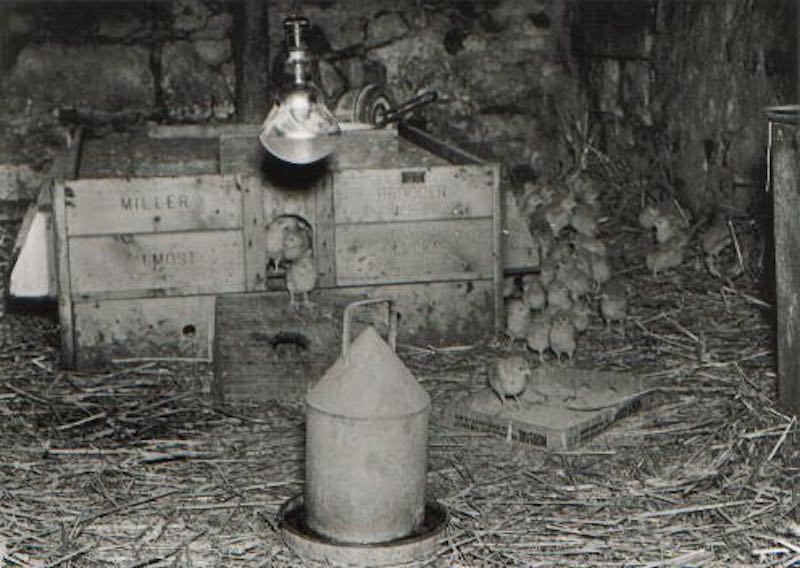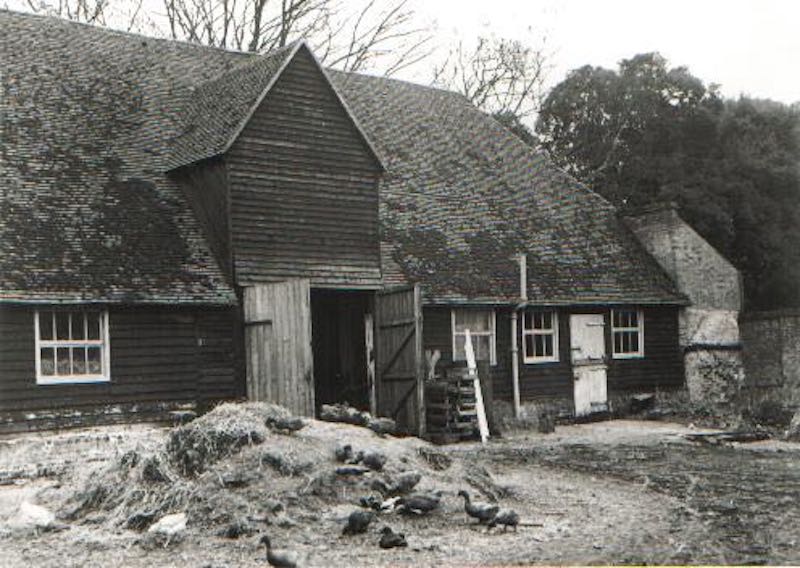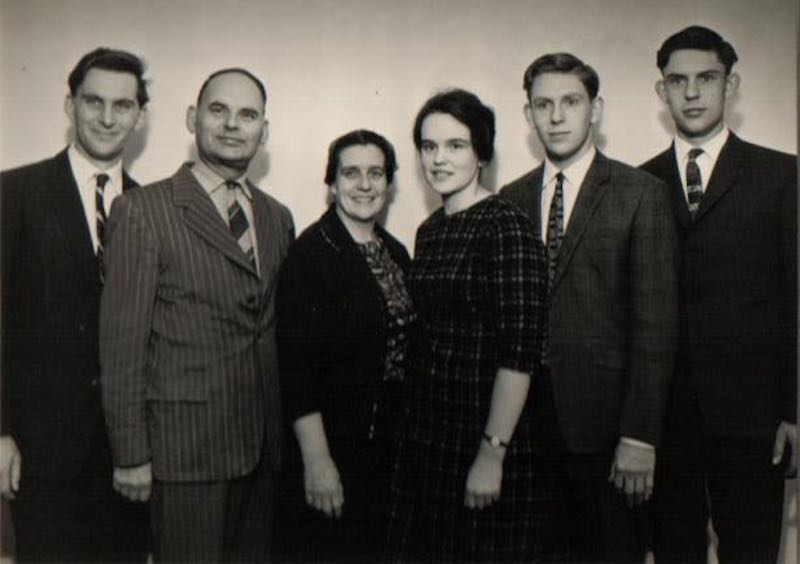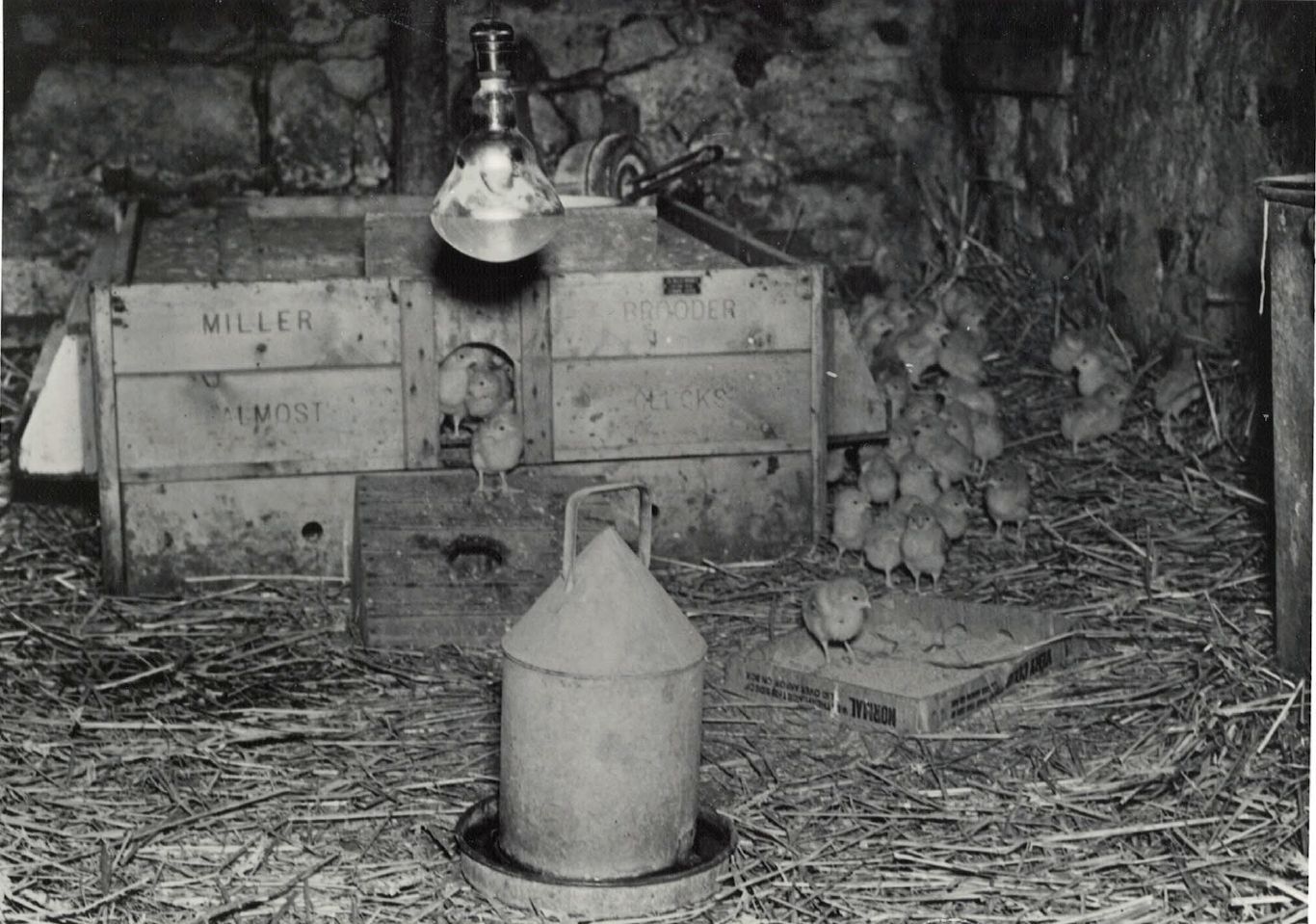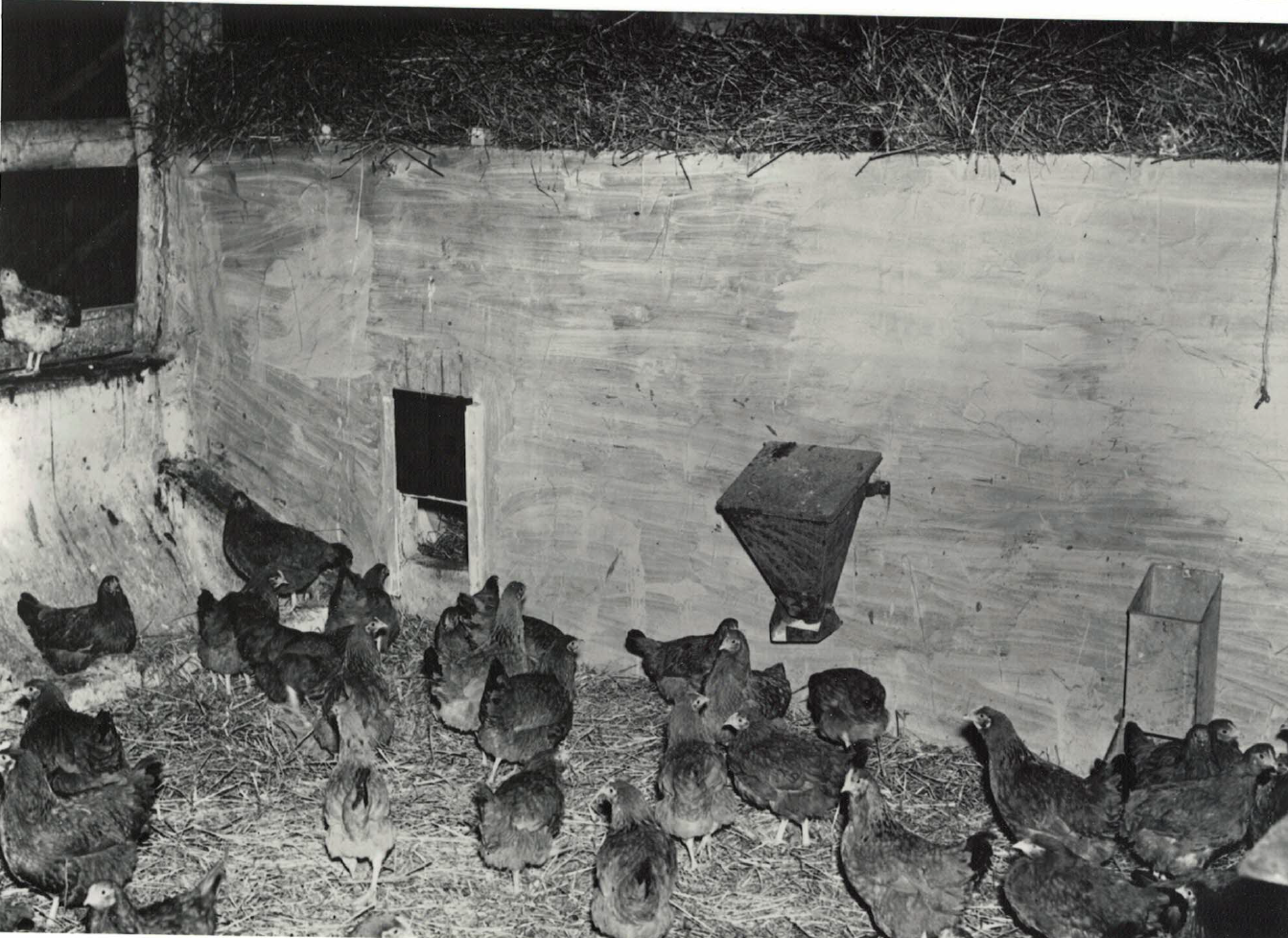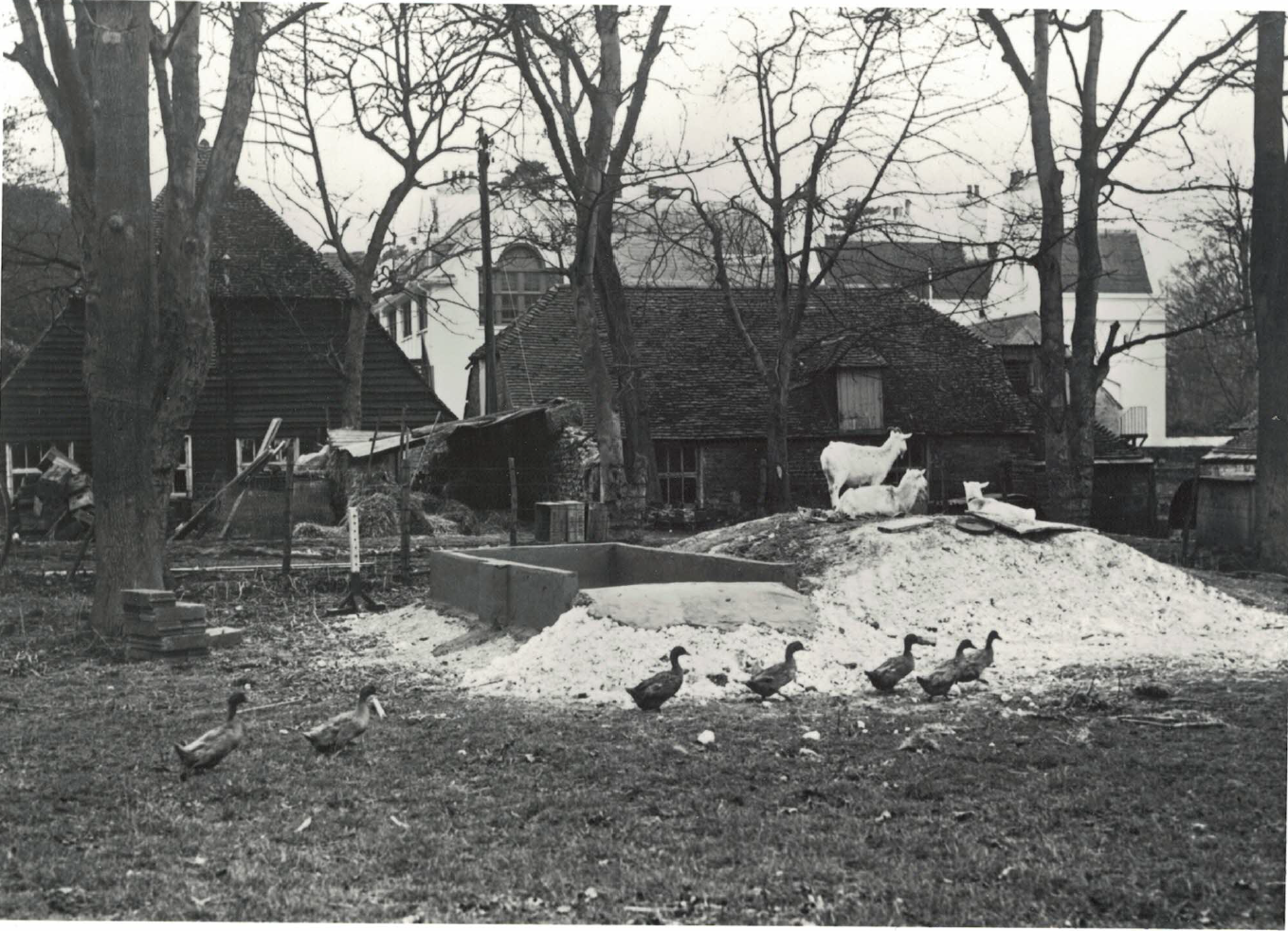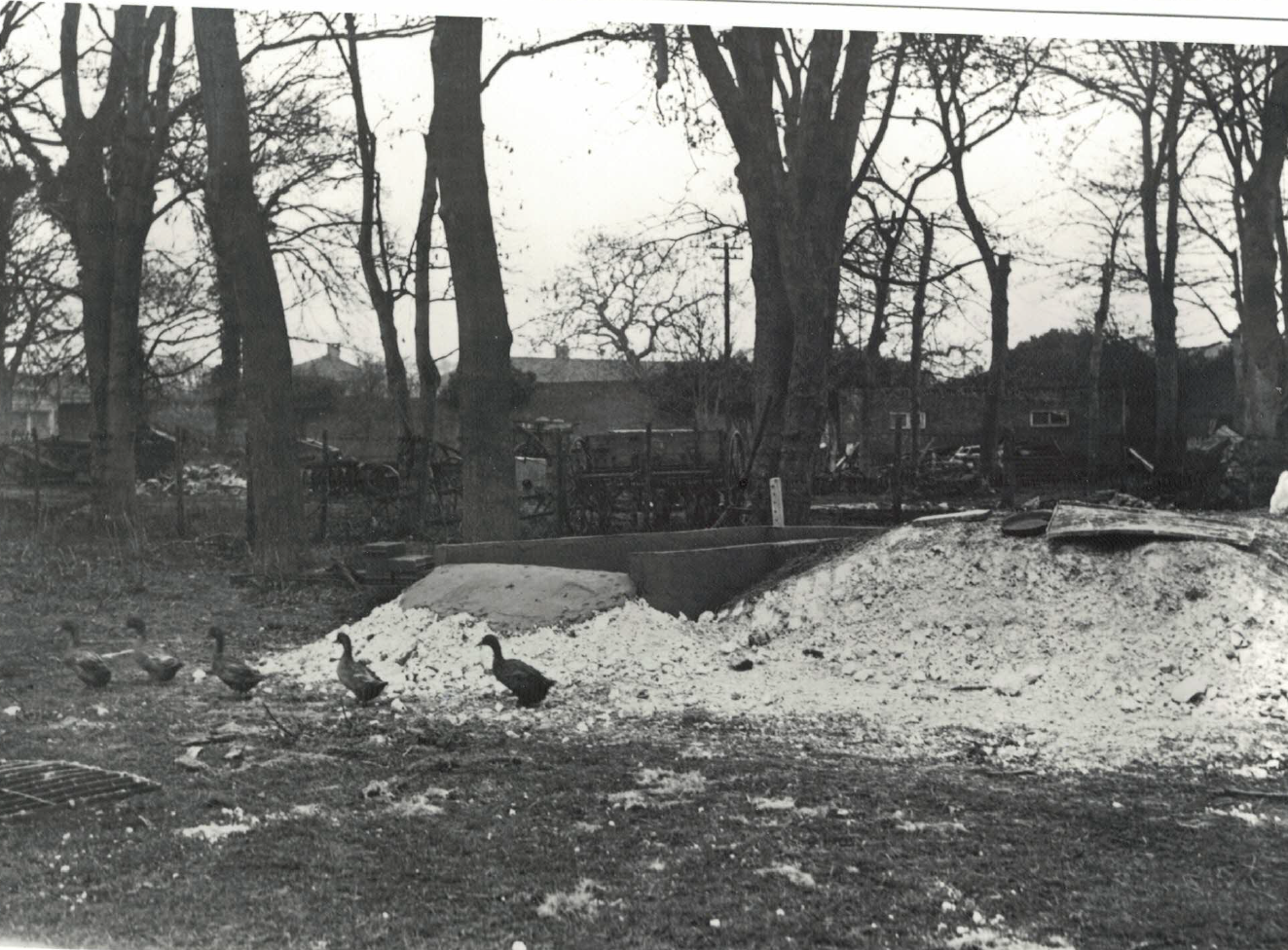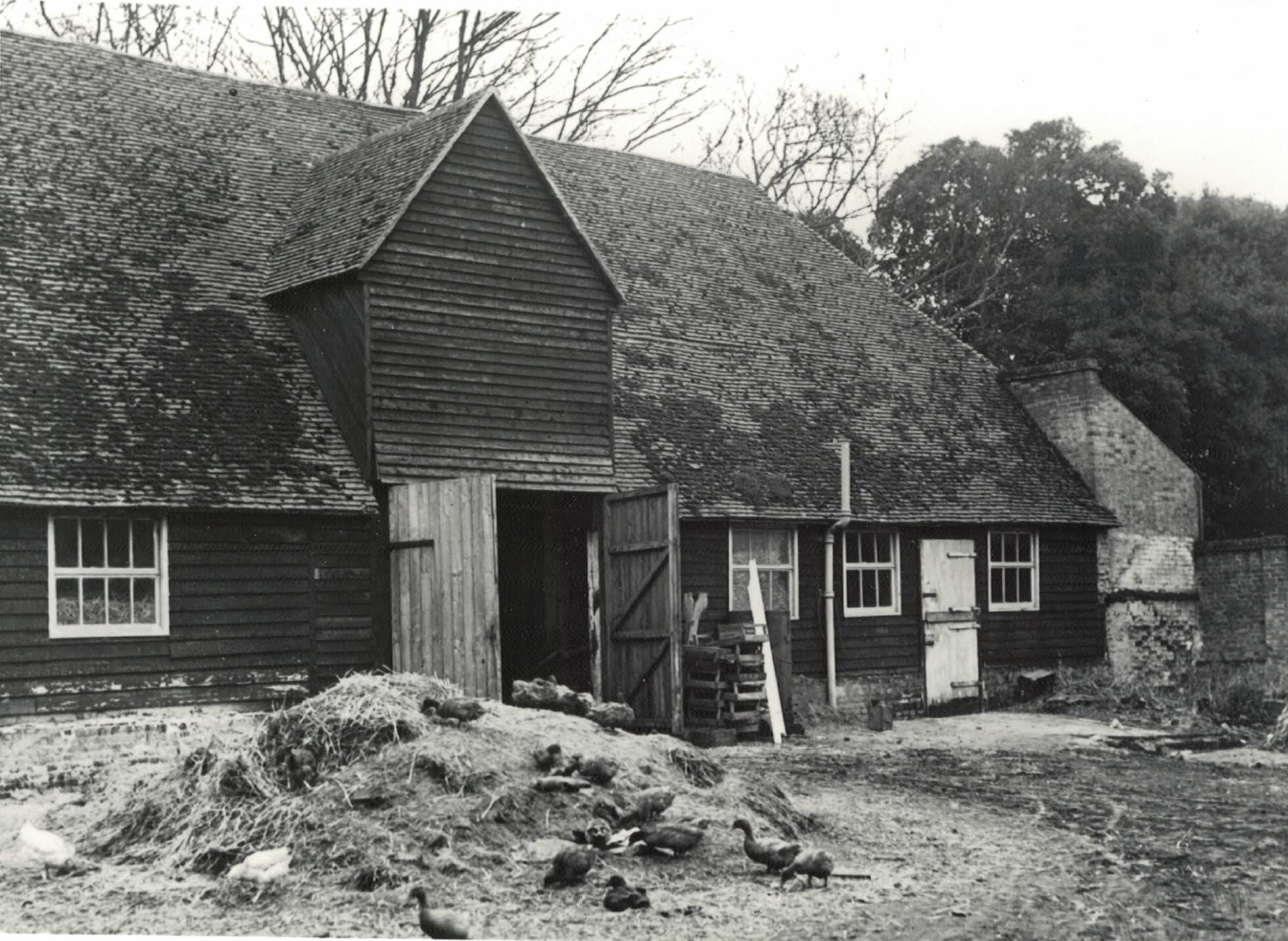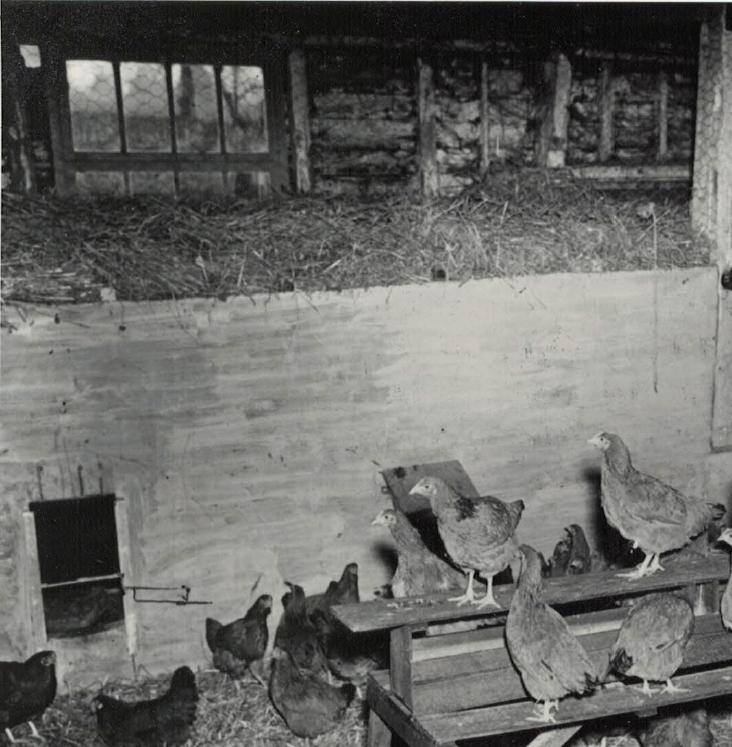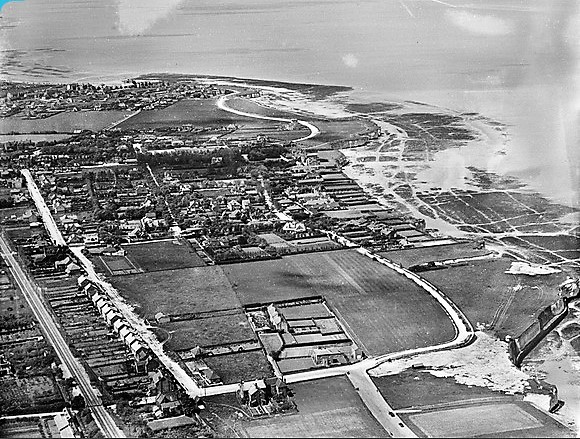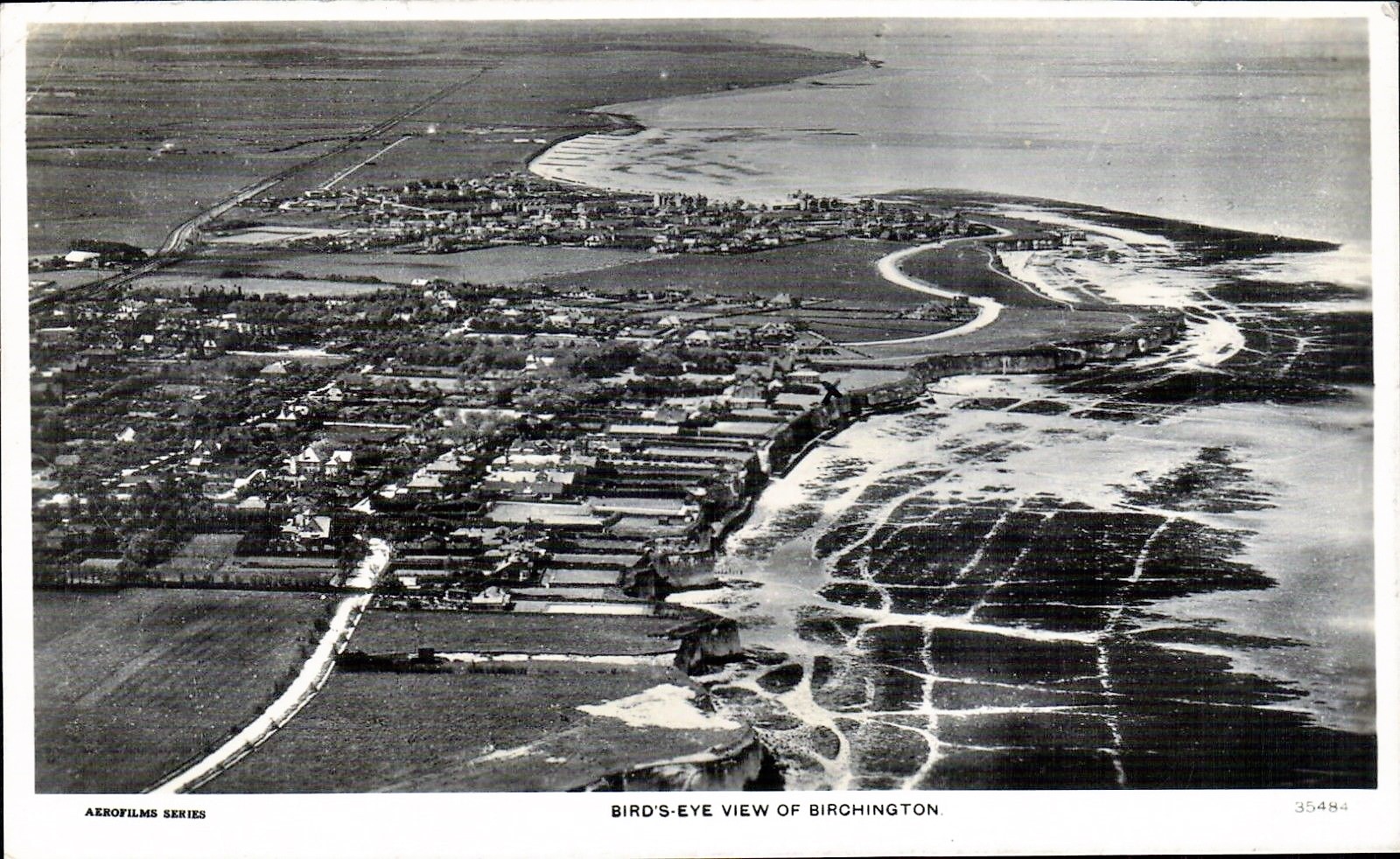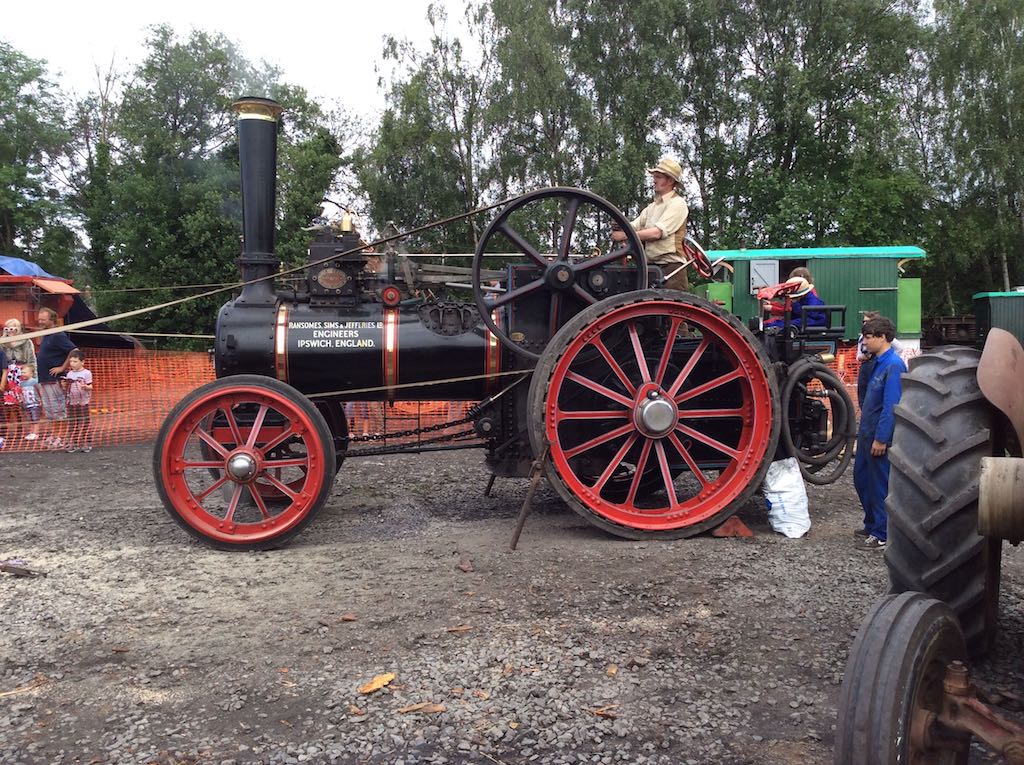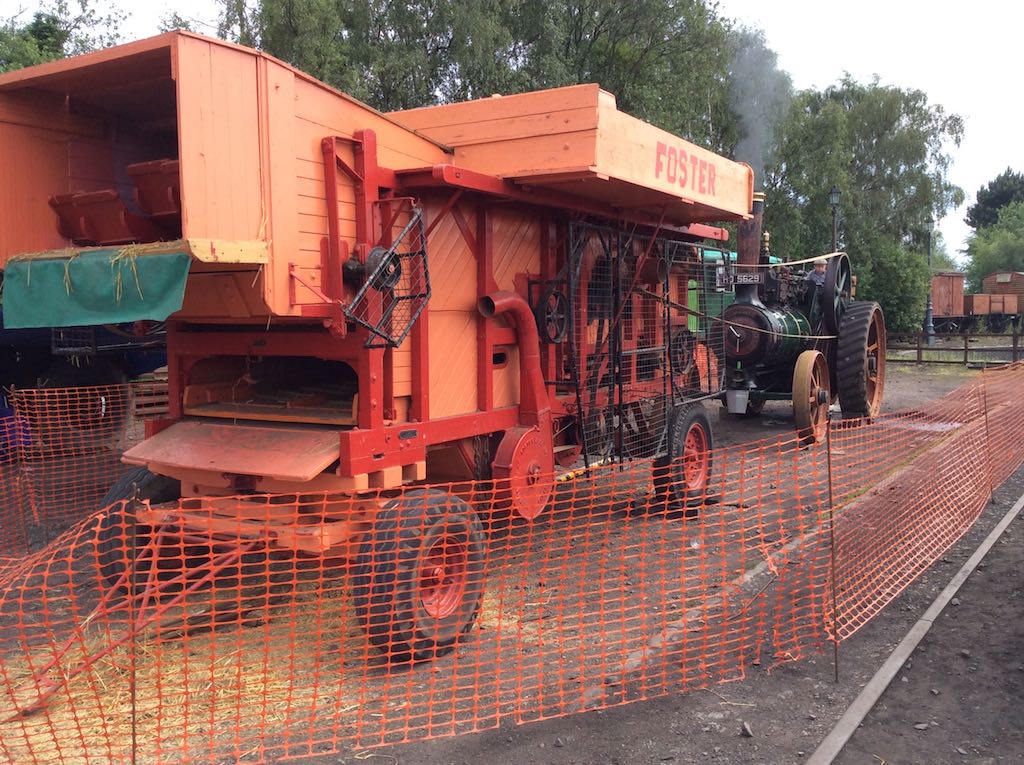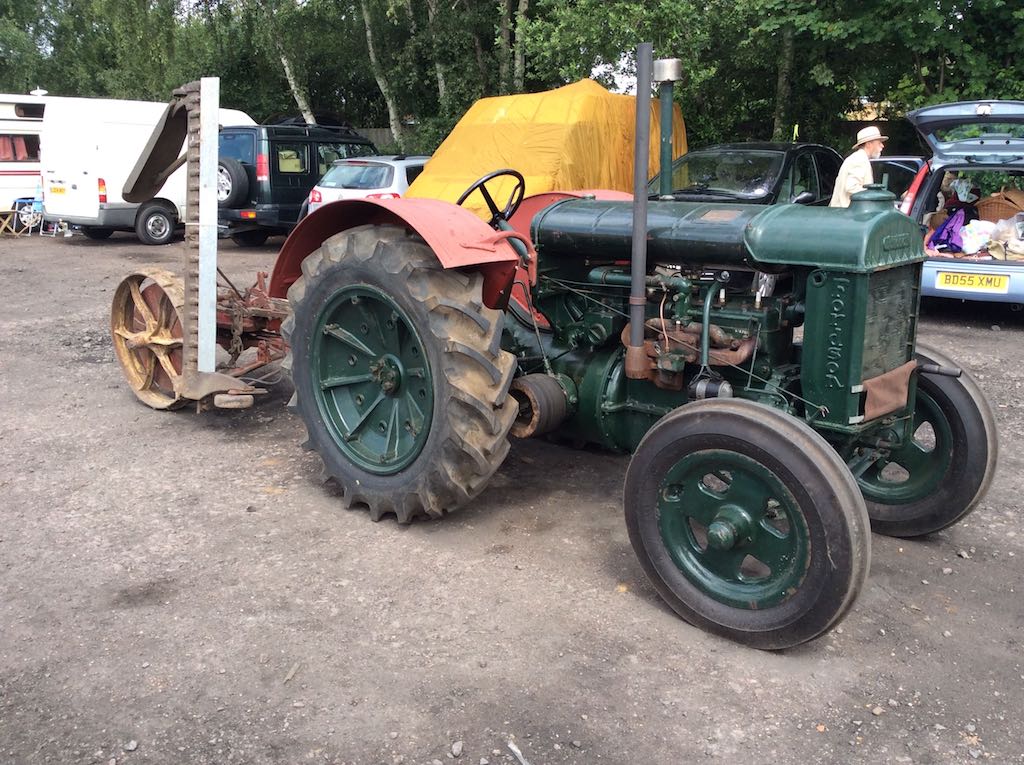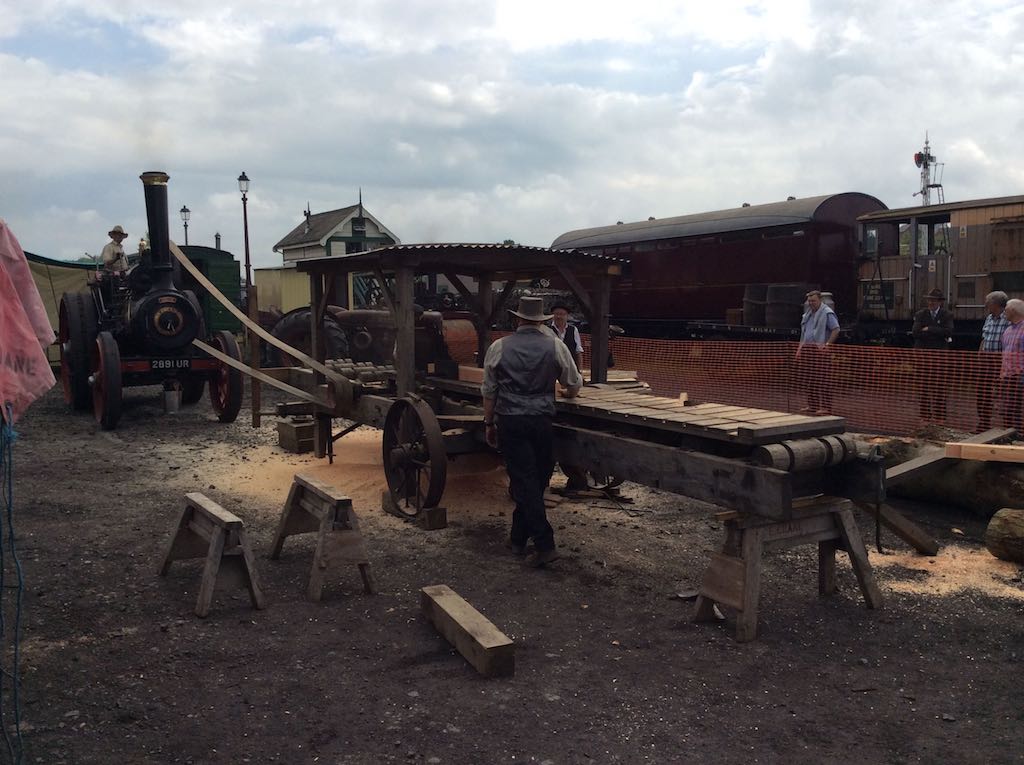Homestead Farm, Birchington, Kent
This my story of life and times at Birchington See the link for some photos
Topics to be covered include
- acquisition of the lease by William Henry WIlson from surgeons in Stockwell
- coming of John Wilson and Muriel Wade in 1942 following their Marriage
- layout of Homestead Farm land and buildings
- Design of use of the cottage
- Design of the farm yard and use of the various buildings over the years
- Cattle in the yard
- yard threshing tackle from Blunts and Wingham Engineering for cauliflower and wheat
- the goats
- Phillips horses
- Fred Castle and his horse and cart
- roadside stall
- Development of the poultry industry with Battery cages and deep litter. Article in Farmer and Stockbreeder
- Millers brooder almost clucks
- games we played in and around the farm yard
- people we had as guests and friends and staff and some of their stories
- our first car Austin 16 1930 model Tourer
Background History
Homestead Farm was the Home Farm linked to Birchington Hall. that is well documented by the Birchington Historical Trust and others. The attached document, Homestead Farm, is extracted from the collection of Trust, with the help of Jennie Burgess.
Spurgeon’s Home & Birch Hill Estate – Birchington, Janet Denyer is available from the Trust and is very helpful in explaining the development of Birch Hill Estate where Homestead Farm once was operational.
The Farm Lease and Management
The farm lease was negotiated in 1940 by William Henry Wilson with Spurgeons Homes in Stockwell on behalf of John Wilson. He had a long standing relationship with the homes as an employer of boys from the homes in his bakery business in South East London
Farming was undertaken initially Robert and John Wilson as part of their farming base at Manston until 1942 when John Married and moved with his new wife into the Homestead.
The stock yard was used by farmer, Ernest Philpott, of St Peters for over-wintering cattle
Homestead Farmwas the Home Farm of Birchington Hall being at the right hand side as illustrated in the map below.
Homestead Farm Layout

Top Left corner was a field alongside Canterbury Road opposite the farm which was leased from a third party. (In 2018 I noticed that it is still there completely surrounded by trees and bushes as a public open space)
Left Centre is the Hall and to its right the Home Farm and alongside another paddock surrounded by trees. All these facing Canterbury Road.
Behind the Hall was a kitchen garden surrounded by a high wall. Adjoining this was another area behind the barn which originally was used as a kitchen garden with below ground green houses with heating pipes. On the wall were a number of tombstones bearing the names of horses that had died on the estate in the 19th Century and buried there. This area is bounded by sheds that housed machinery for the ground keeping staff.
As shown in the photograph, was the main area under cultivation until 1950 with a further strip of land on the right hand side (known as the top field). (In 2018 this field is still under cultivation by the adjoining farmer.
The Homestead
Was confined by Flint Walls on the edge of the Farm Yard with windows overlooking the yard about 10 feet above the yard level. The garden bordered Canterbury Road, and the wall (with gate leading to the farm) was made to include slots that might have been used for the deployment of .
There was a single entrance leading to two bedrooms, lounge, dining room and Scullery.
The Scullery was used as kitchen and bathroom and Laundry with the Kitchen bench resting on the top of a full size bath. Hot water was provided from a wood fired copper and later from a boiler in the dining room with a hot tank alongside for airing clothes. The toilet was outside in a separate building alongside a wood shed. This yard was only accessible from the house. In 1951 a window overlooking the yard was created which created more light and a view over the farm yard.
The home was occupied from May 1942 by John and Muriel Wilson, following their Marriage, They had four children Kenneth (1943), Guy (1945), Nicholas (1947), and Rachel (1950). By 1956, the home was very cramped, the farm was diminishing in size because of the building work for Spurgeon’s homes. So, the family left Birchington, moving to a green grocery business and home in Northdown Road, Cliftonville, with many happy memories.
Here is some detail on the workings of Homestead Farm from 1942 until the completion of the Homes that were built on the farm in 1953.
The Farm Yard

This image shows the layout of the Farm until 1936 when it was used by Palmers Dairy. I will describe the alternate use of the buildings from 1942 onwards under the management of John Wilson
Dairy
This was converted into three parts:
- A store for seeds and other equipment with a door facing the road
- A large area in which Battery Cages for Chickens for the purpose of egg production
- Facing the Yard was a shed hosing a flock of Khaki Campbell ducks that were used for Egg Production.

Khaki Campbell Ducks
Entrance Gate
This was flanked by two small sheds
- to the left to store stock feed. This was a popular place for feeding and milking the goats that took place once or twice a day.
- to the right a place for the rearing of Day Old Chicks.

Milking Bay
This was used for a chicken house where the chicks were transferred after they had outgrown the brooder, and before they were ready for egg production.
The Barn

This dated back to 17th Century and was built from timber with Tar coated wooden walls and Kent Peg Tiles (Over a century ago most tiles were made as ‘peg‘ tiles i.e. they had no nibs from which the tile is hung, just two holes usually square through each of which a wooden peg is pressed and the tile was hung from these pegs.
It was divided into three parts:
On the Left a deep litter chicken house. This was designed for chickens to be free range (within the shed) and have a discrete dark laying house. (See photo).
In the middle was the place for storage of straw and in time of harvest for storing of Wheat, Barley, or Broccoli awaiting threshing in the winter when the contractors were available. I hope to get some photos of these events in due time.
On the right is the stable. In here were housed tow horses belonging to C H Philips and his daughter Pamela. Mr Philips was a bespoke tailor in Westbrook. He made me a School Blazer when I became school captain in 1960 at Canterbury Technical High School as well as suits for all the Wilson family at various times.
After the horses were re-stabled at Woodchurch, the place was used for rearing pigs and ducks (Aylesbury Ducks) designed for fattening and feeding people.

Behind the Barn
There was a temporary shed built to store wood shavings. These were used for the deep litter chicken house in the barn. As kids, it was a wonderful messy place to play
There was also a tractor shed and stack yard. One time, there was a stack of Pea Haulms built there as stock feed. This was a wonderful place for building a camp and very warm Stairway the rotting pea haulm.
Also there was a long high wall, the other side of which was a working kitchen garden linked to the Hall. One day Mike Rolfe and I decided to cut down a tree and hoist it over the wall to the sound of broken glass as it landed in a green house containing a very ancient grape vine. The gardener, Sid, was not amused and we lost our pocket money for a few weeks.
Fred Castle and his horse
There was colourful character, Fred Castle, who lived most of his life with his aged mum in Canterbury Road towards Brooks End Hill. About his only possession was a horse and cart that for many years was housed close to Gardener’s Stock Feed and the Blacksmith near the village centre. He was eventually evicted (due to re-development) and ended up at Homestead Farm. He built a stable out of timber and tin and got well established. He spent his time collecting seaweed from Epple and West Bays and selling it to the local farmers (including us).
Farming the Land
There were three parts to the farmed land
- The Top field which was bounded by trees
- The Main field which was subsequently used to build the Homes complex
- Across the Road about 10 acres leased from a third party and bounded by Canterbury Road.
Farming practice was a mixture of market gardening and main stream agriculture on a small scale.
The farm crops included Wheat, Malting Barley, and Broccoli. These crops were grown for Sutton Seeds, a merchant in Reading Berkshire, who supplied the seed and used the crop as seed to sell on to other farmers. In one season, a field of wheat was double sown (that is sown both down the field and across the field). At harvest time, there was very bad weather, thunderstorms, and most of the wheat on surrounding farms was flattened. Ours stood upright and produced a bumper crop.
The Market Garden was mainly for wholesale and retail consumption including Cauliflower, Broccoli, Cabbage, Spring Greens, potatoes, Peas, Beans, Sweet Corn. These were supplied to local wholesaler, E Page and Sons, or to wholesalers in the London markets.
Wallflowers and Stocks were also a popular retail crop in spring for transplanting into home gardens
Seed Time and Harvest
All farming activities are surrounded by two main seasons:
Winter (Rest Time) is the time when the land has been ploughed and lies fallow over winter. The rain, wind, and frost breaks down the clods of earth and prepares of the wonders of spring. One feature of winter was purchase, carting, and distribution of Humber Fish Manure. This was amazing plant food and was shipped to Birchington by Rail. John had the job of carting it with tractor and trailer through the village (actually along Alpha Rd) much to the disgust of the villagers.
Spring (Seed Time) is the time when Snowdrops peep through the snow, the heavy frosts cease, and Spring is on hand. The weather changes the soil warms and the farmer tills the soil for sowing and planting of the new crops. For my dad, John Wilson, this was a special time when with tractor pulling harrows and a Cambridge roll prepared the ground for sowing. The plant bed was a special feature where fine seeds were sown on solid flat ground including Cauliflower, Cabbage, Wallflowers, and Stocks were sown with the Planet Drill (See Photo). This is a precision drill hand operated for exacting work; but this work was so important as the seedlings grown were available for sale to the general public and for planting in the main fields. Other crops were direct sown including Sweet Corn, lettuce, peas, potatoes, sugar beet, wheat, malting barley

Summer the time for cultivating (often hand hoeing), and picking the cash crops with the help of an army of women who turned up for peace work picking peas and potatoes for sale in London Markets and local wholesaler (E Page and Son). They came with the pre school children. Quite a local community.
Autumn (Seed Time) is the time when the main crops are harvested. Wheat, Barley, and Broccoli. In the early days, a tractor drawn binder (originally horse) was used to cut and tired into bundles (sheaves) the long straw wheat and barley. These were then stood up in stooks to dry in the sunshine before moving to the stack yard in preparation for threshing in the winter. The sugar beet were basically pulled out of the ground and sent by rail to the Sugar factory in Bury St Edmunds, Suffolk.
Winter (Threshing) The contractors (Wingham Engineering or Blunts (Deal) brought their tackle (see the Gallery) in through the narrow gate of the yard and setup to convert the Sheaves into grain and straw (for thatching or stock feed). It was an exciting time in the season, and the government granted additional food coupons for purchase of Cheese (for the men) and Coal for the steam engine.


